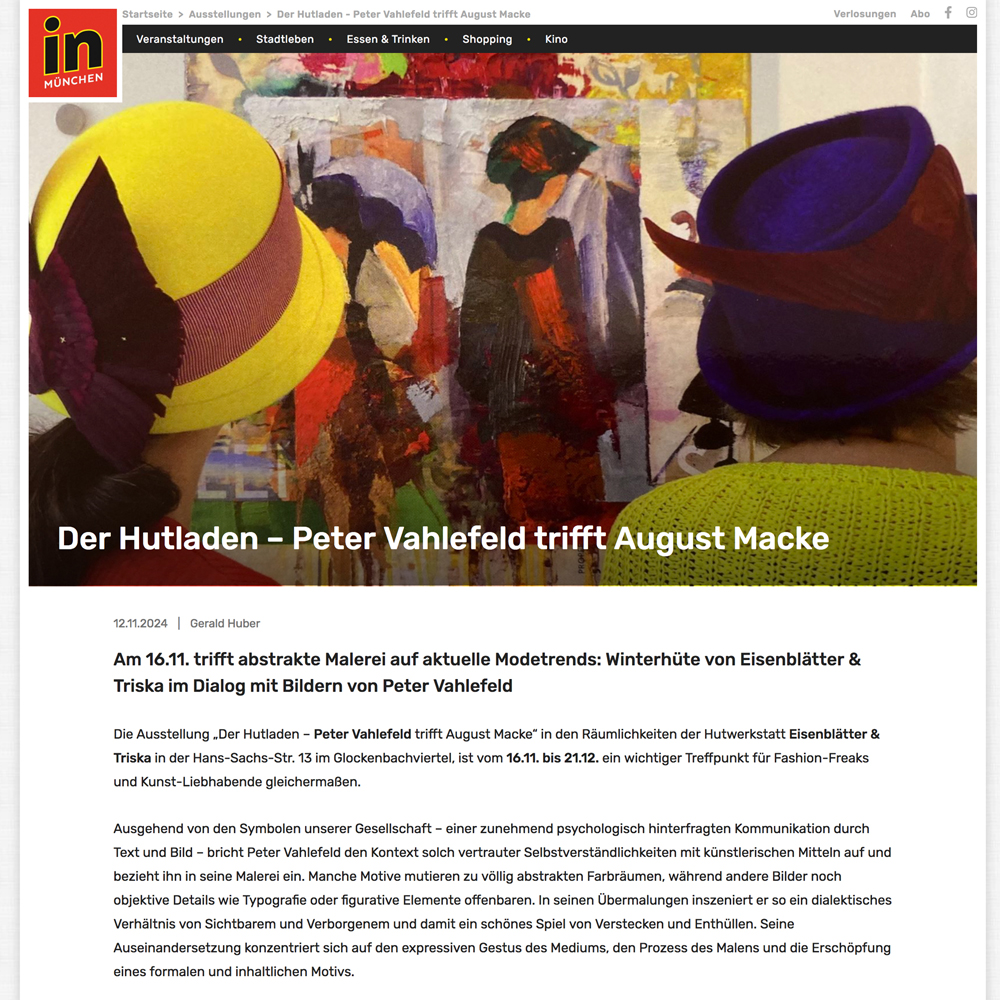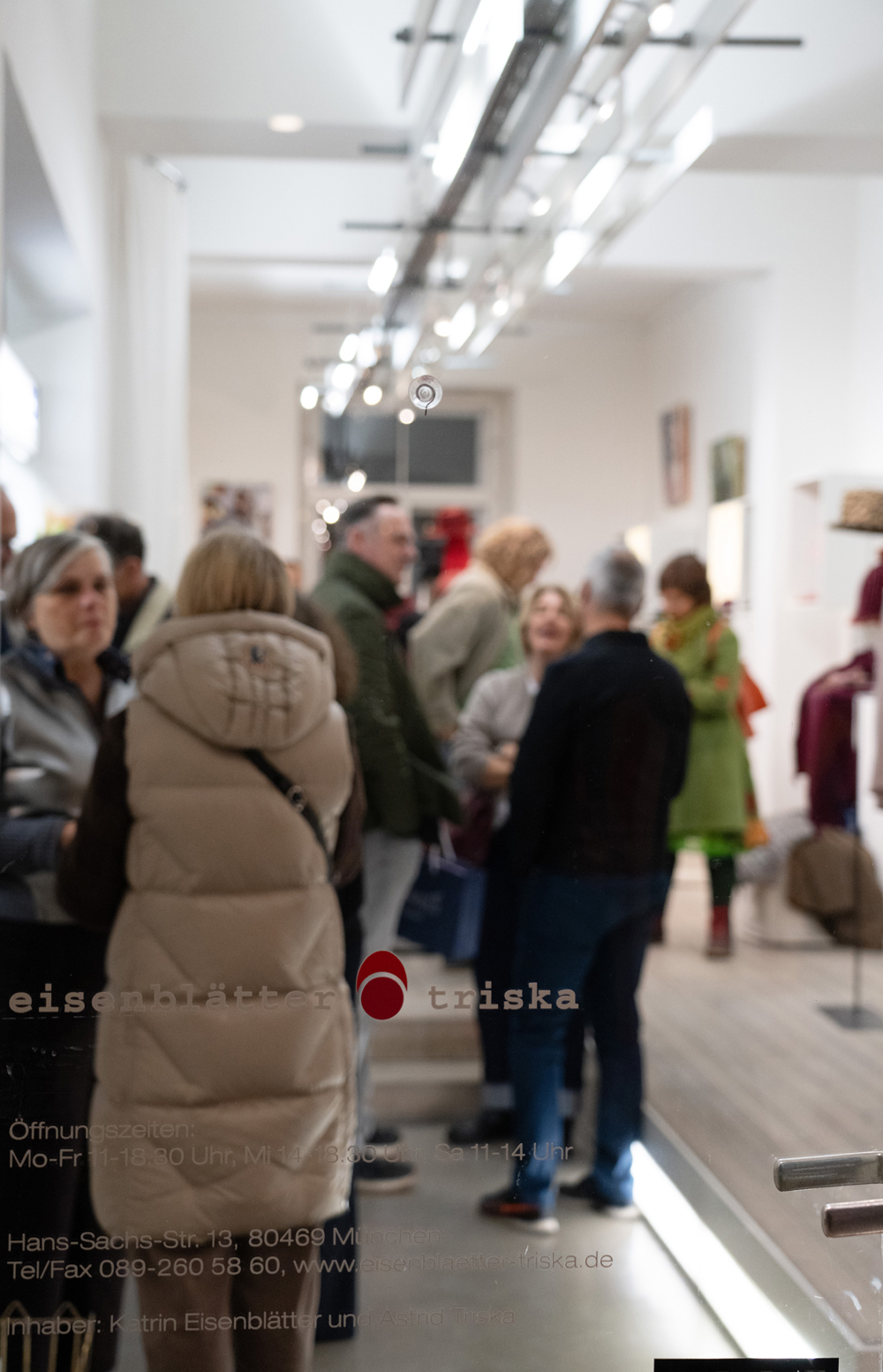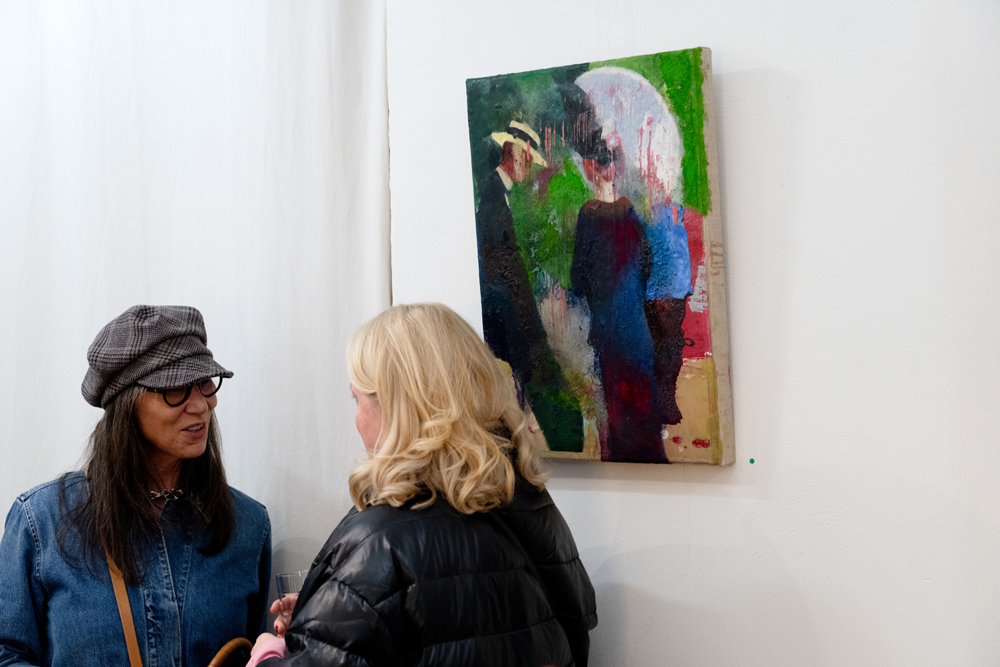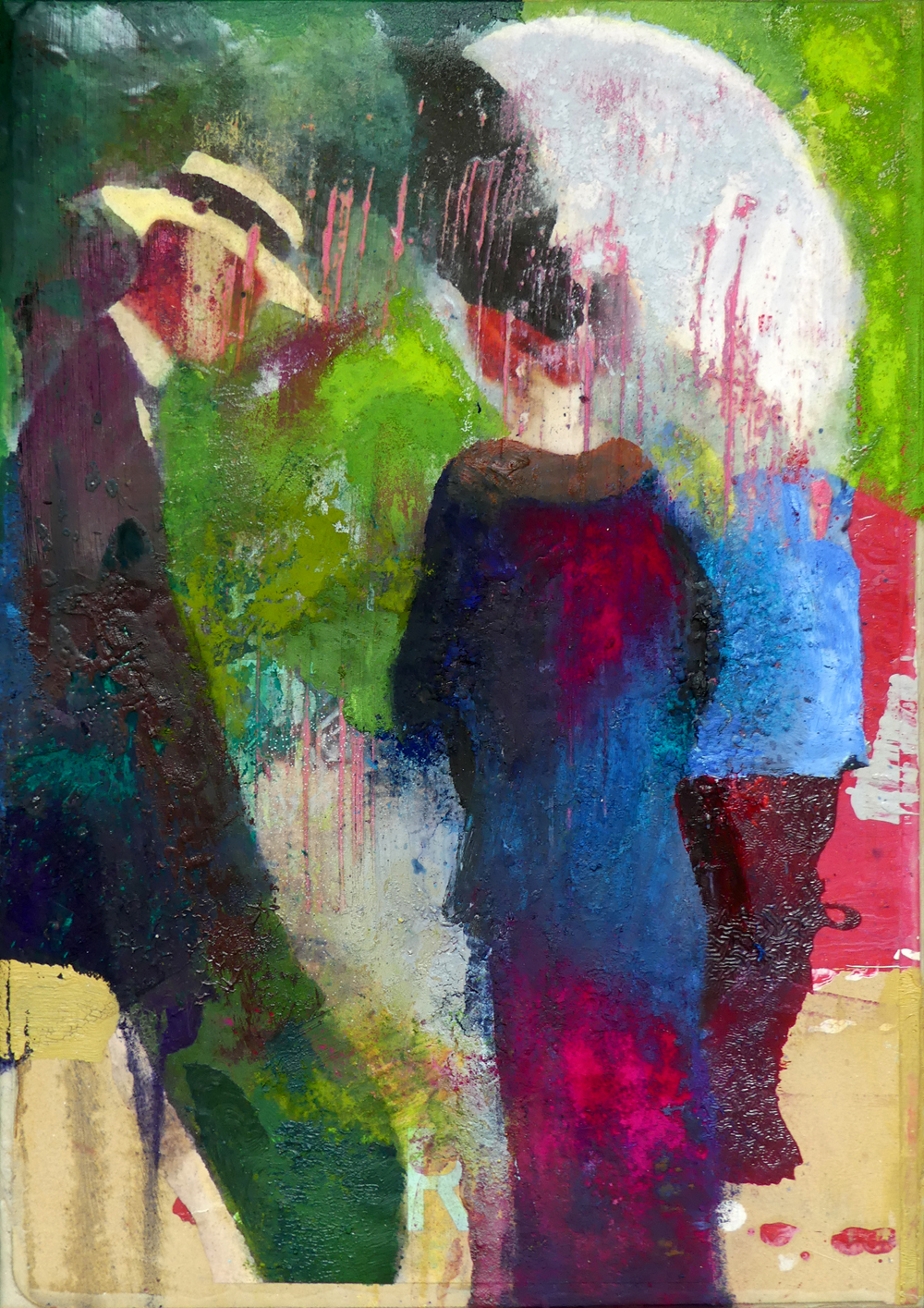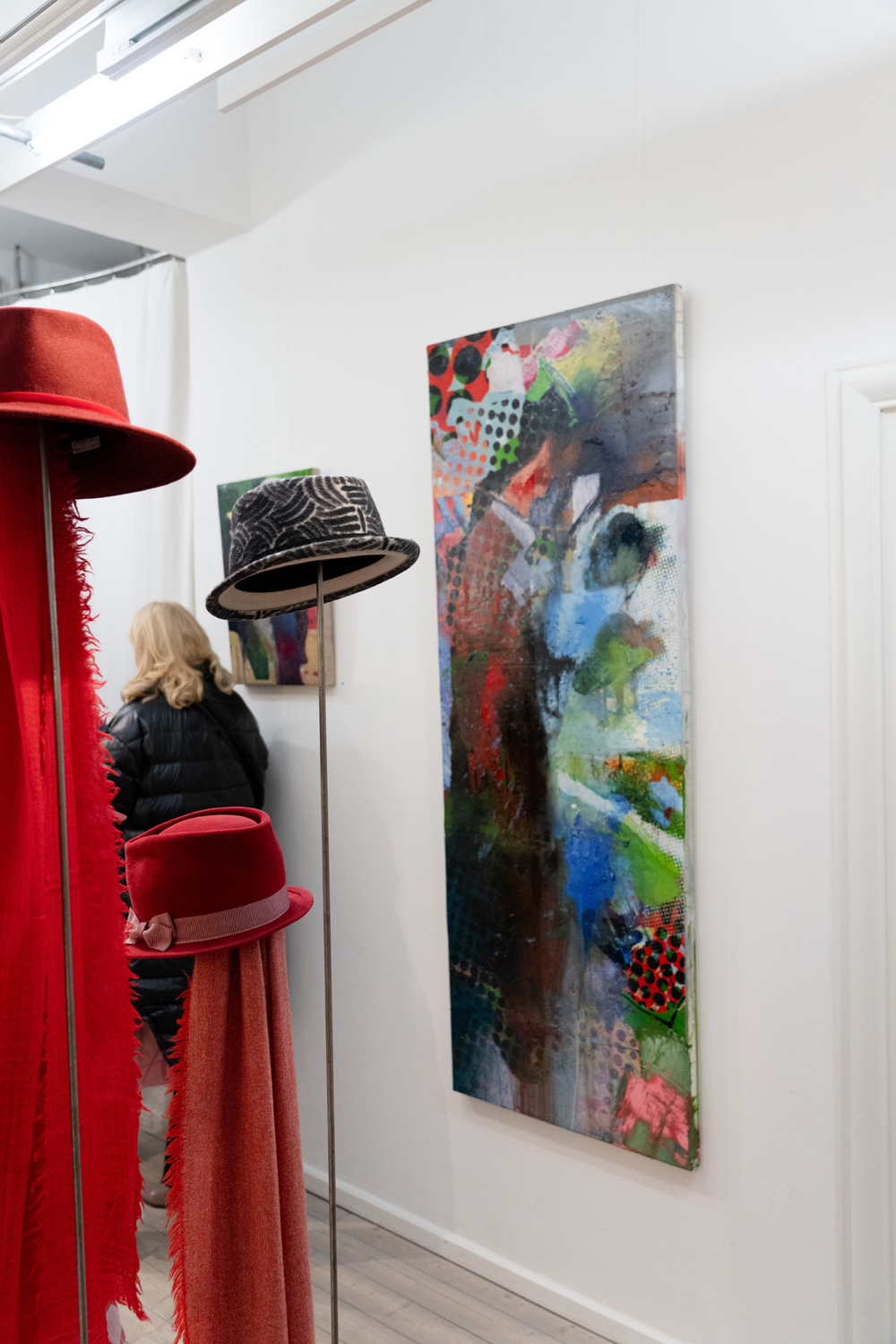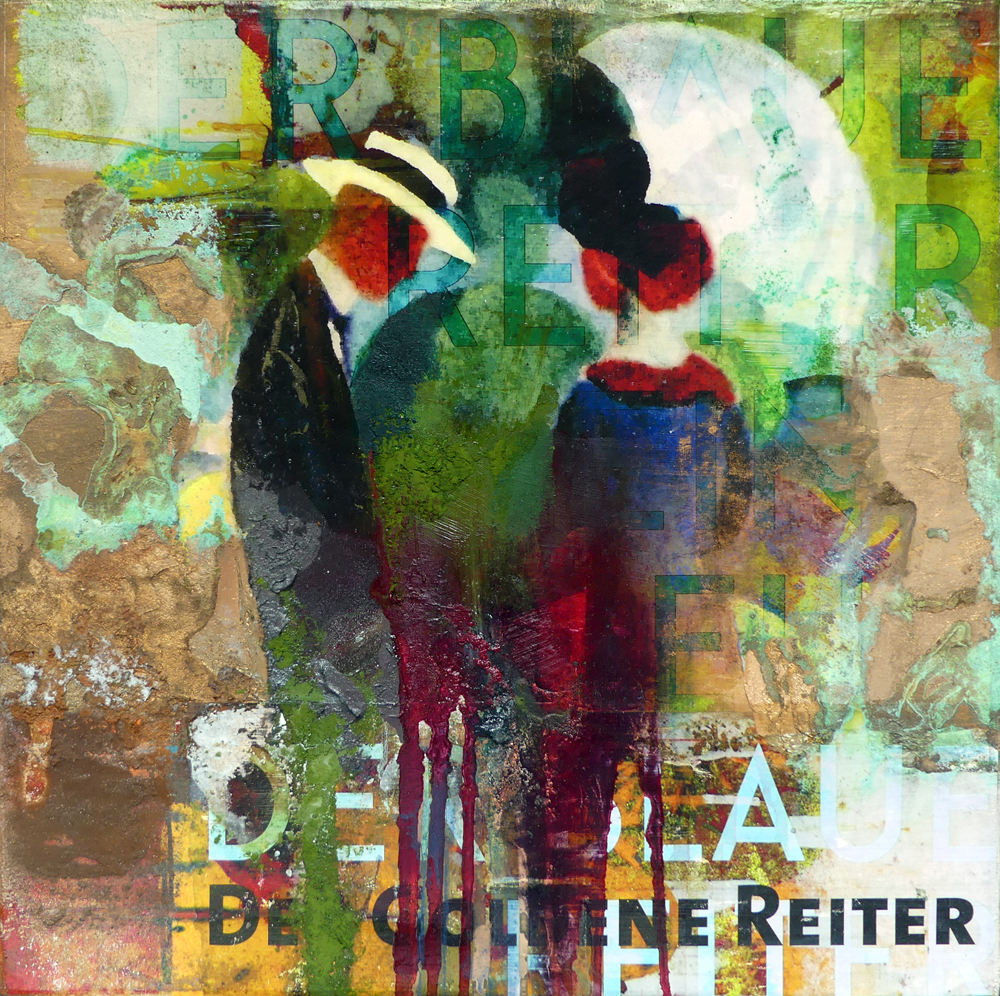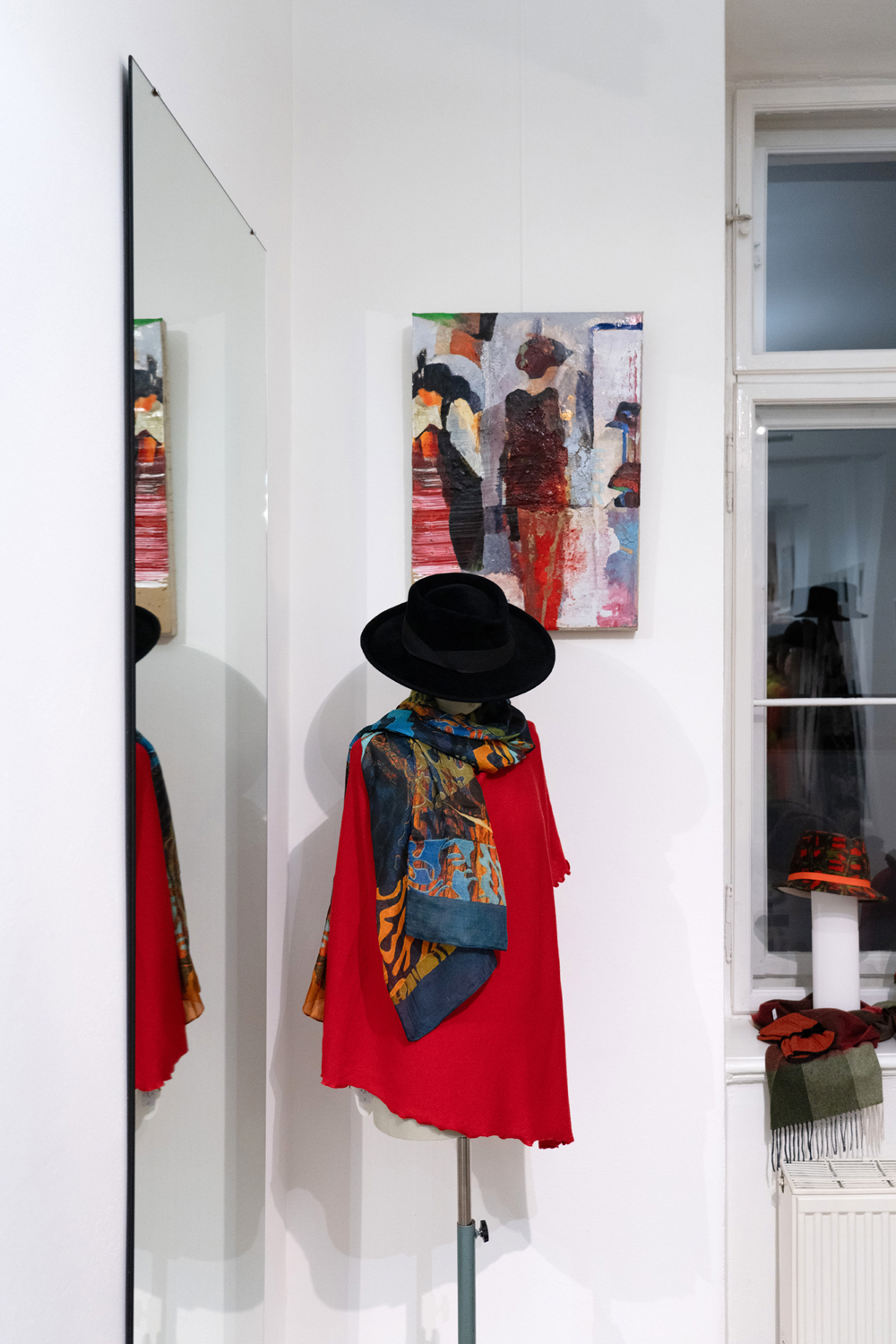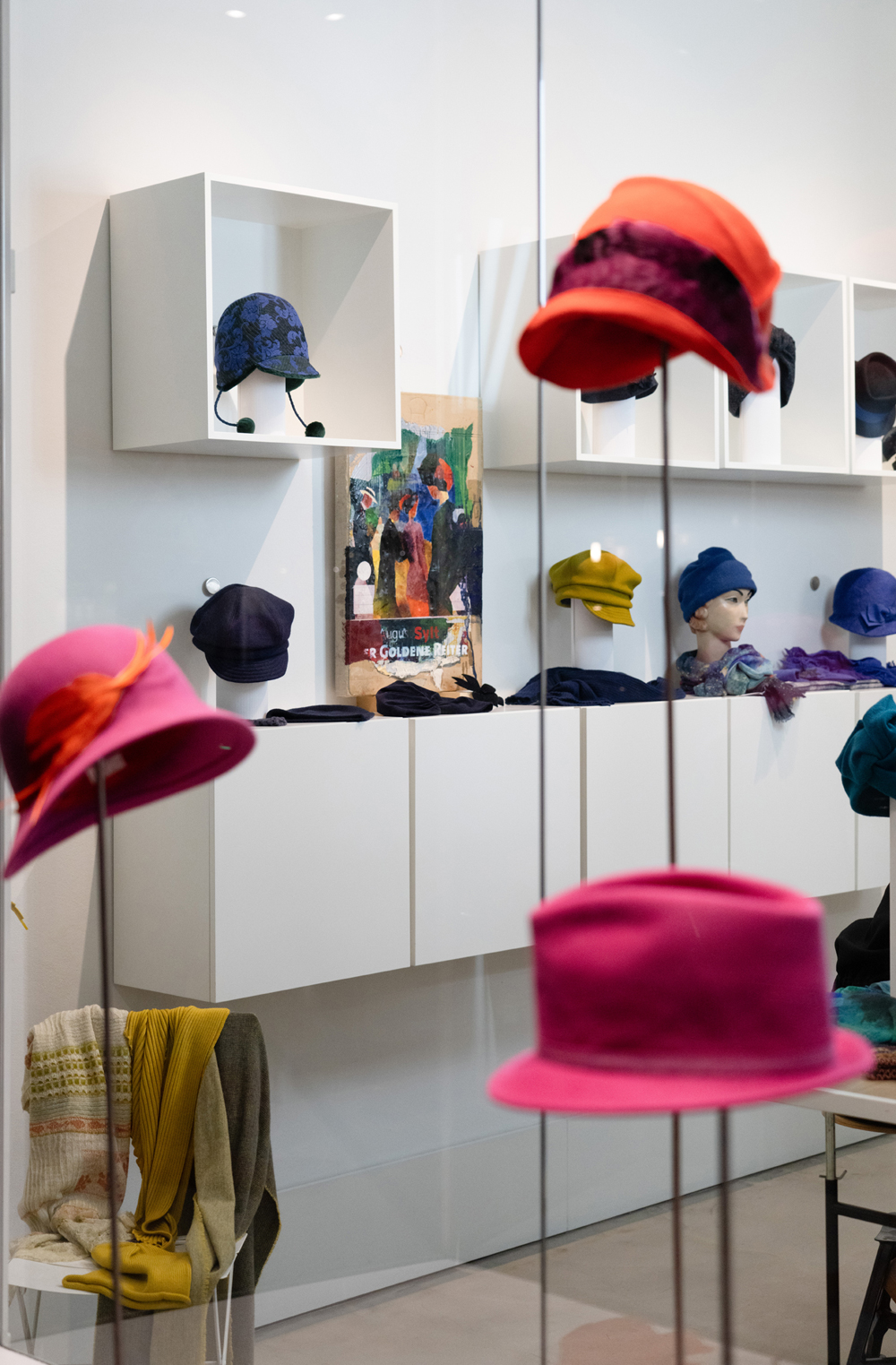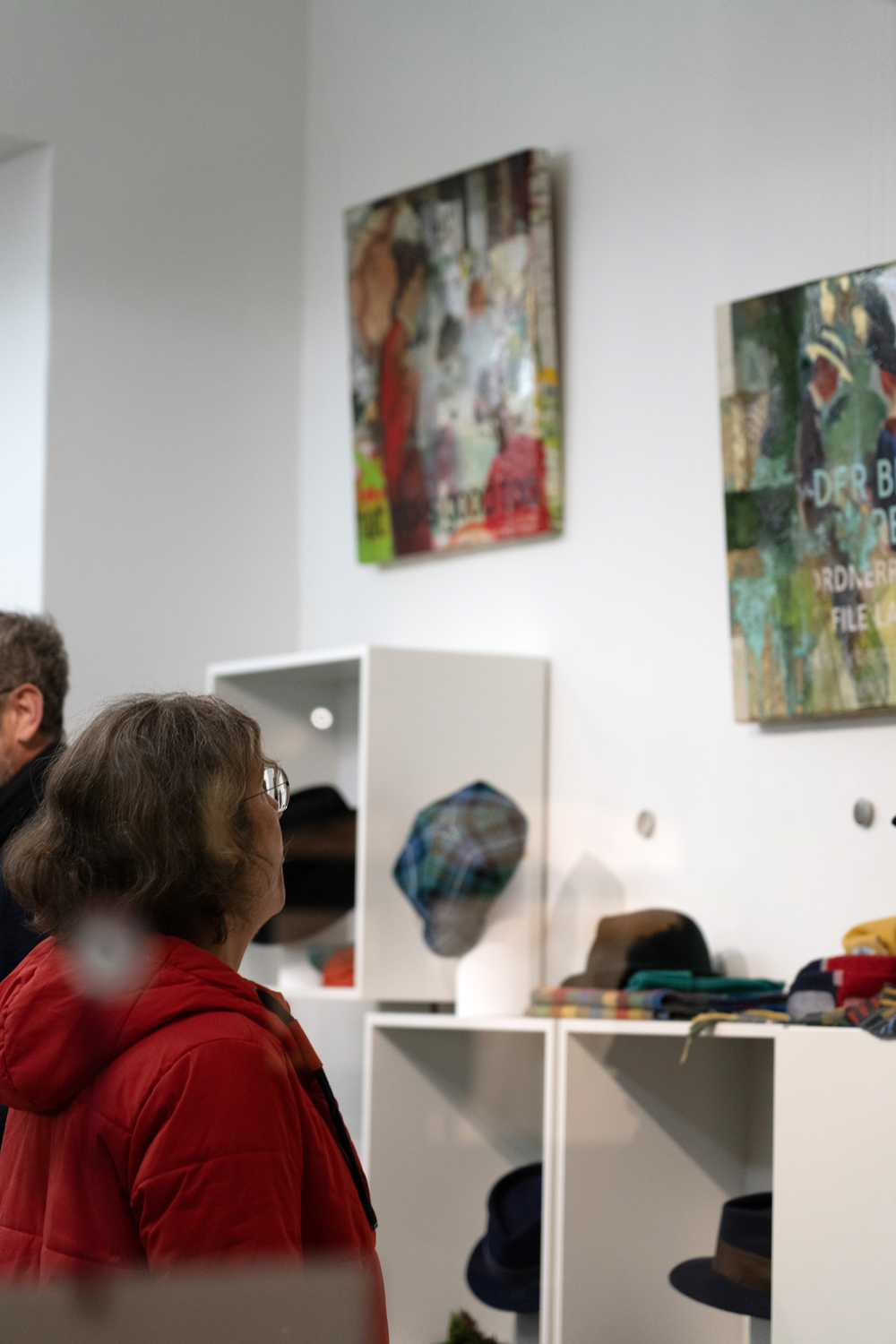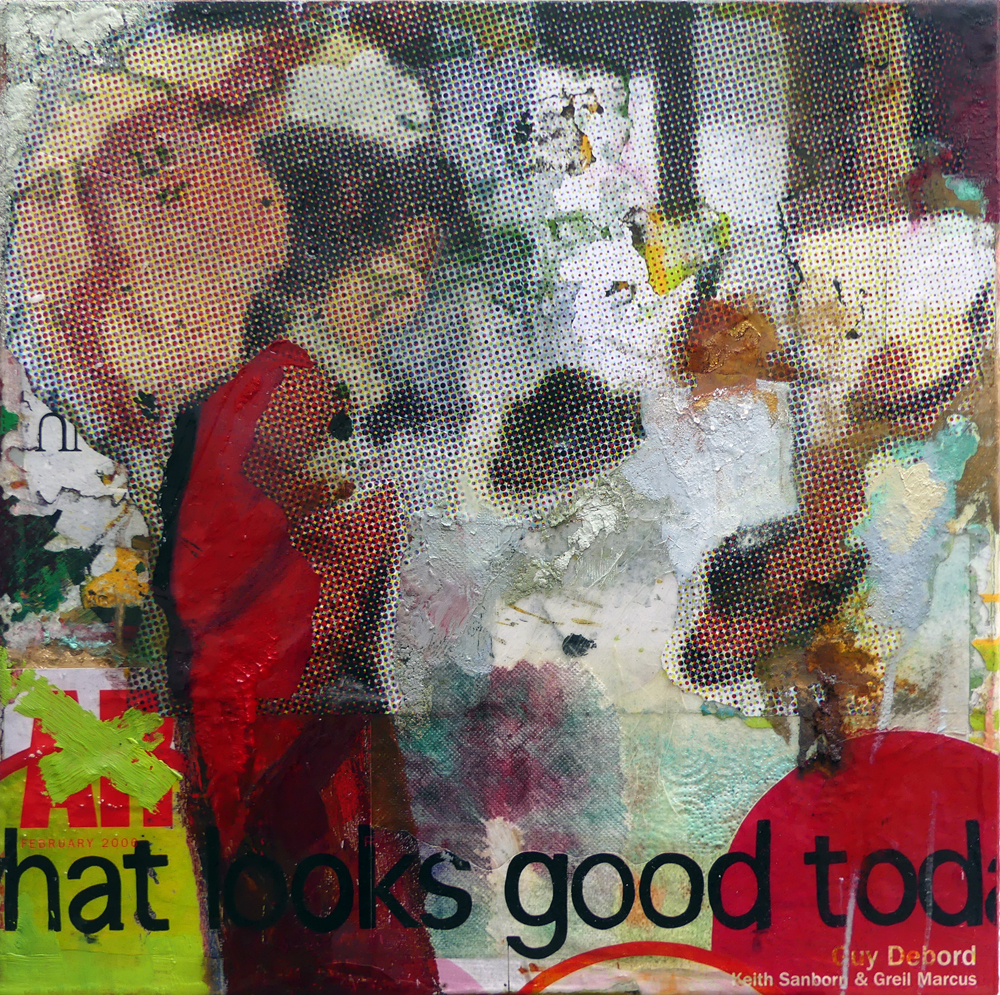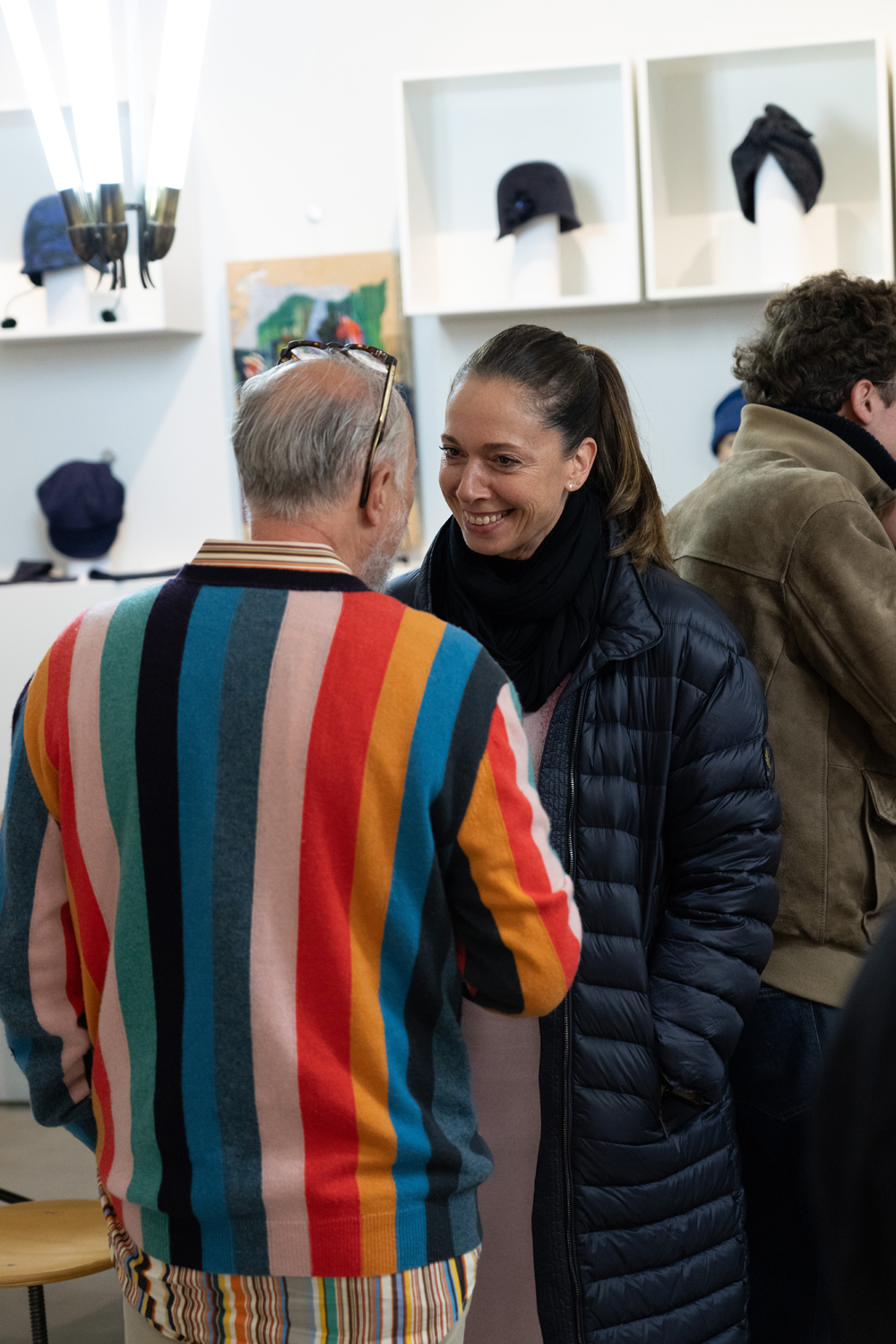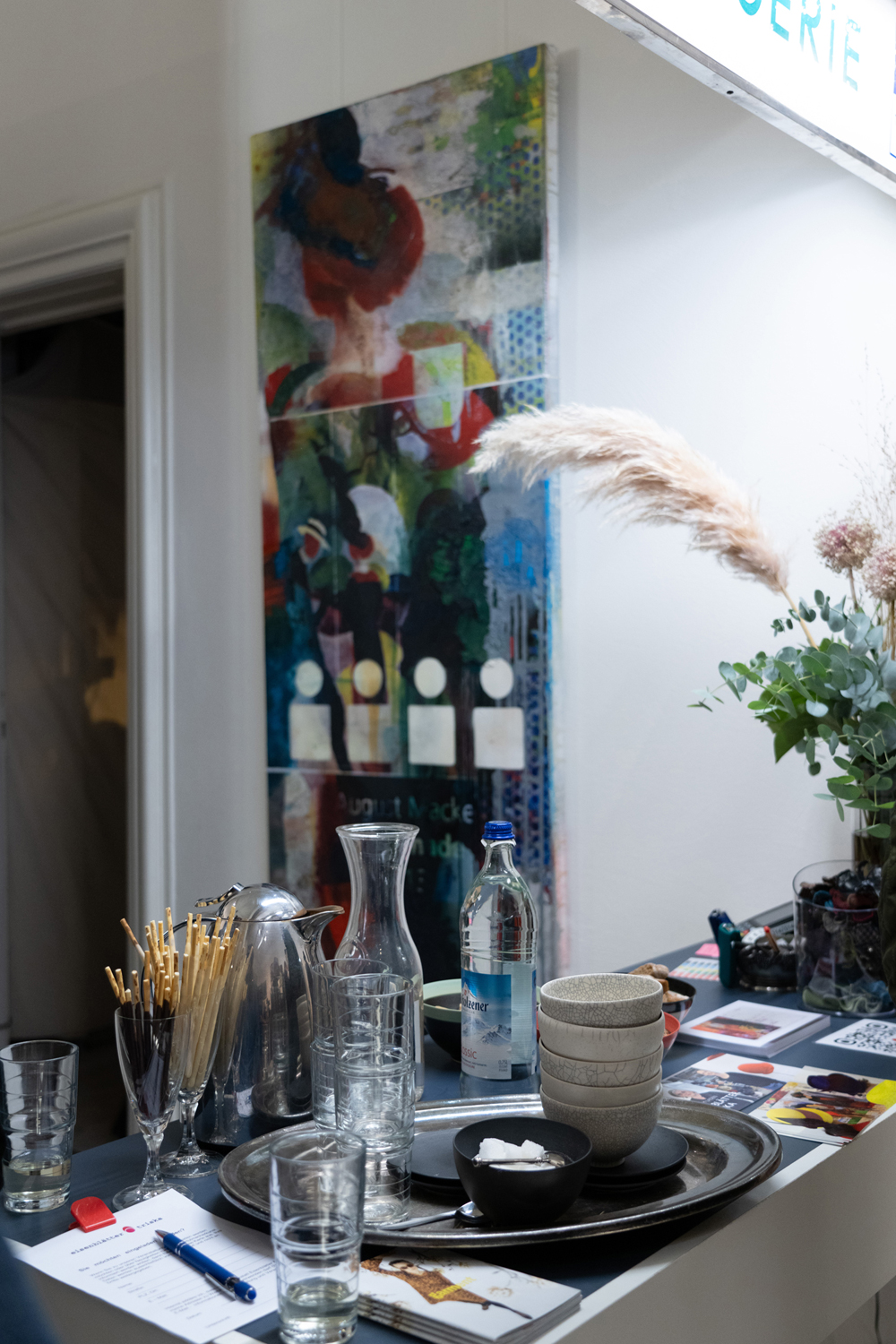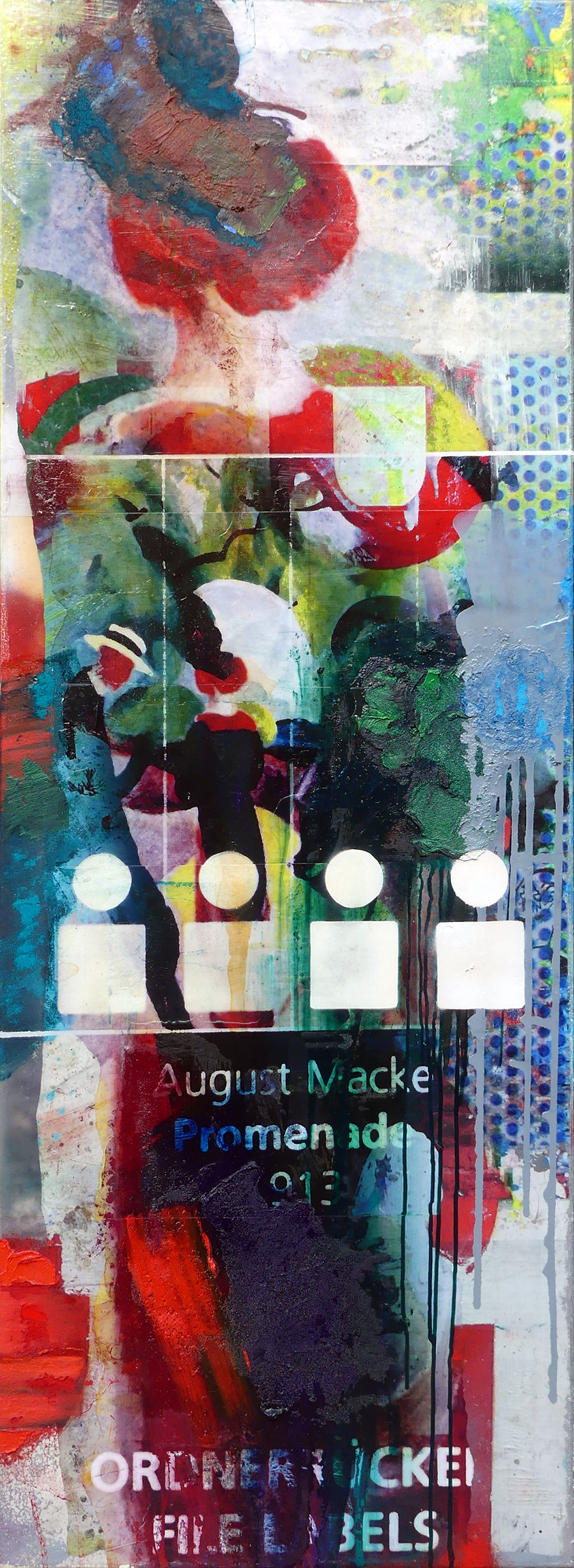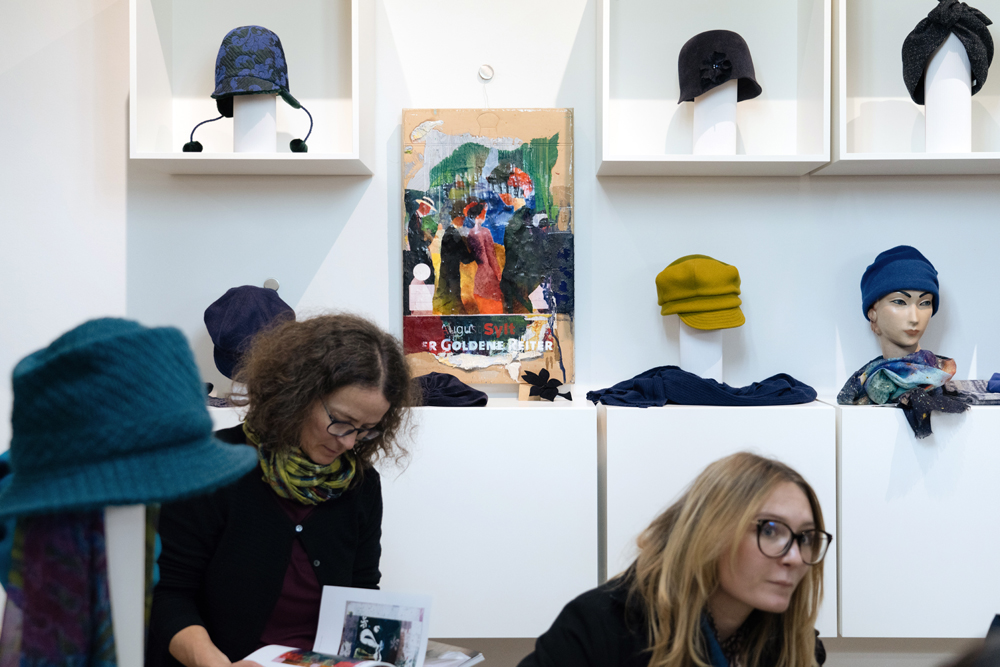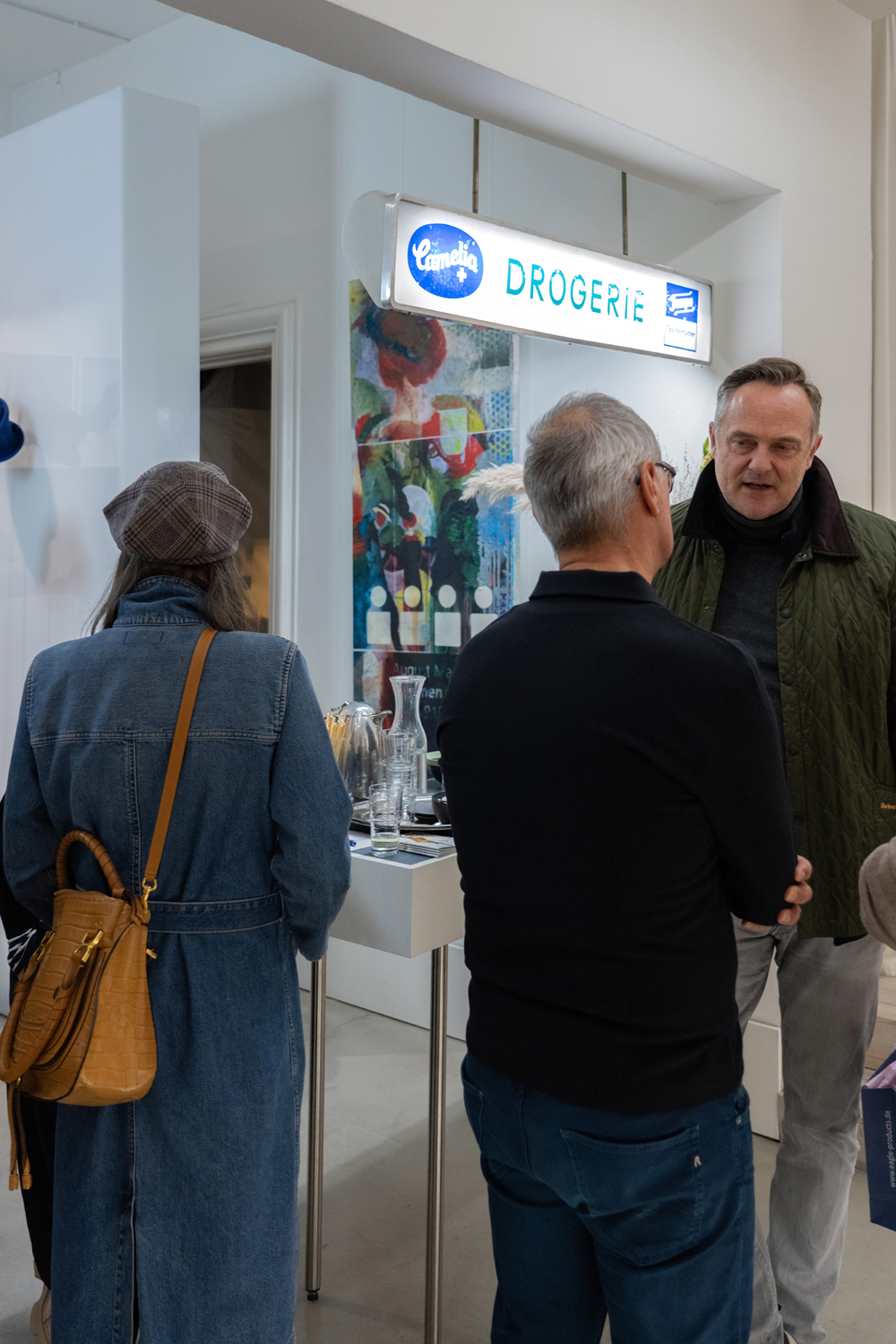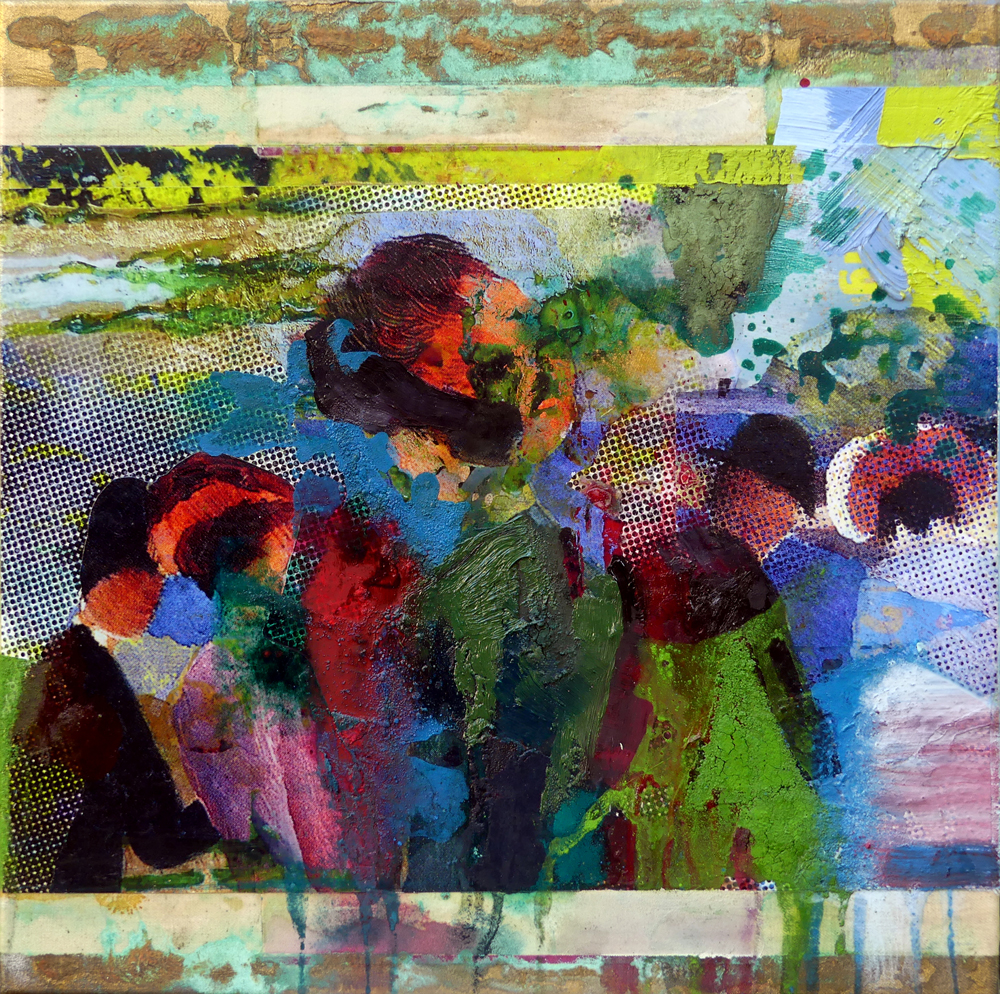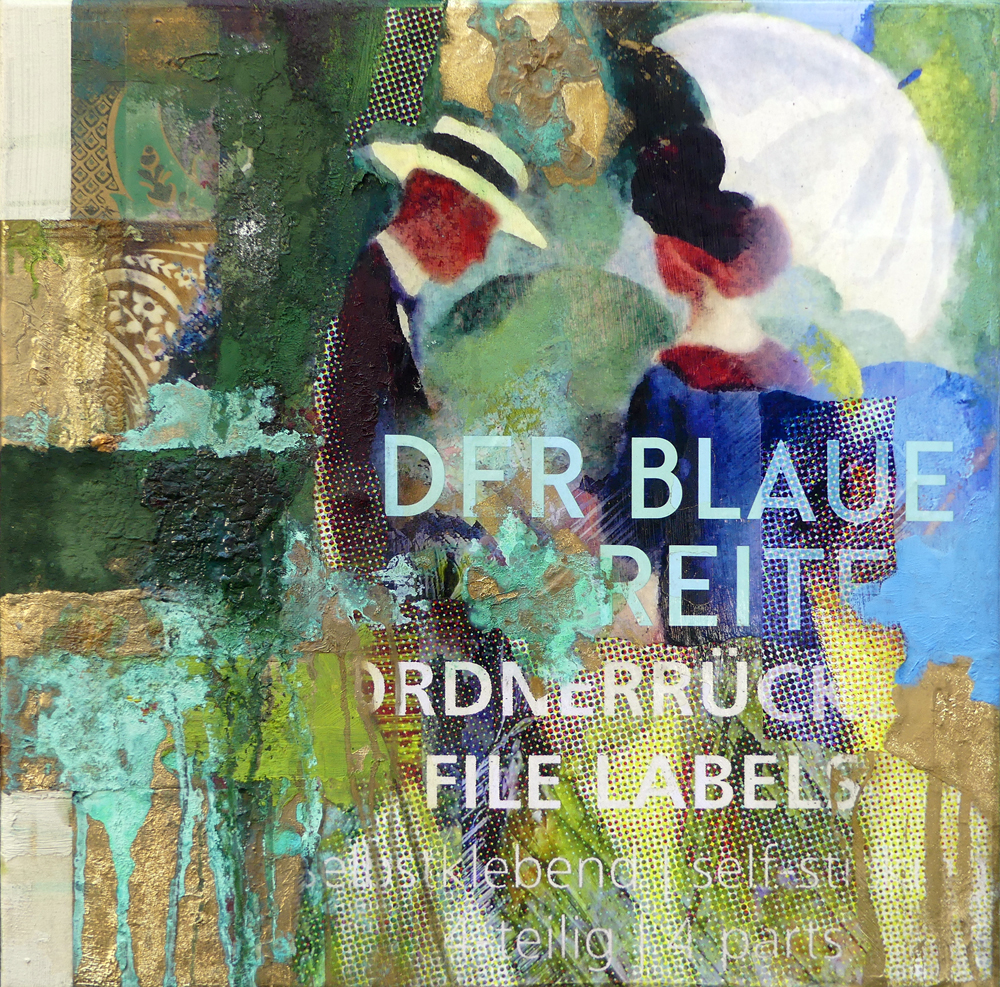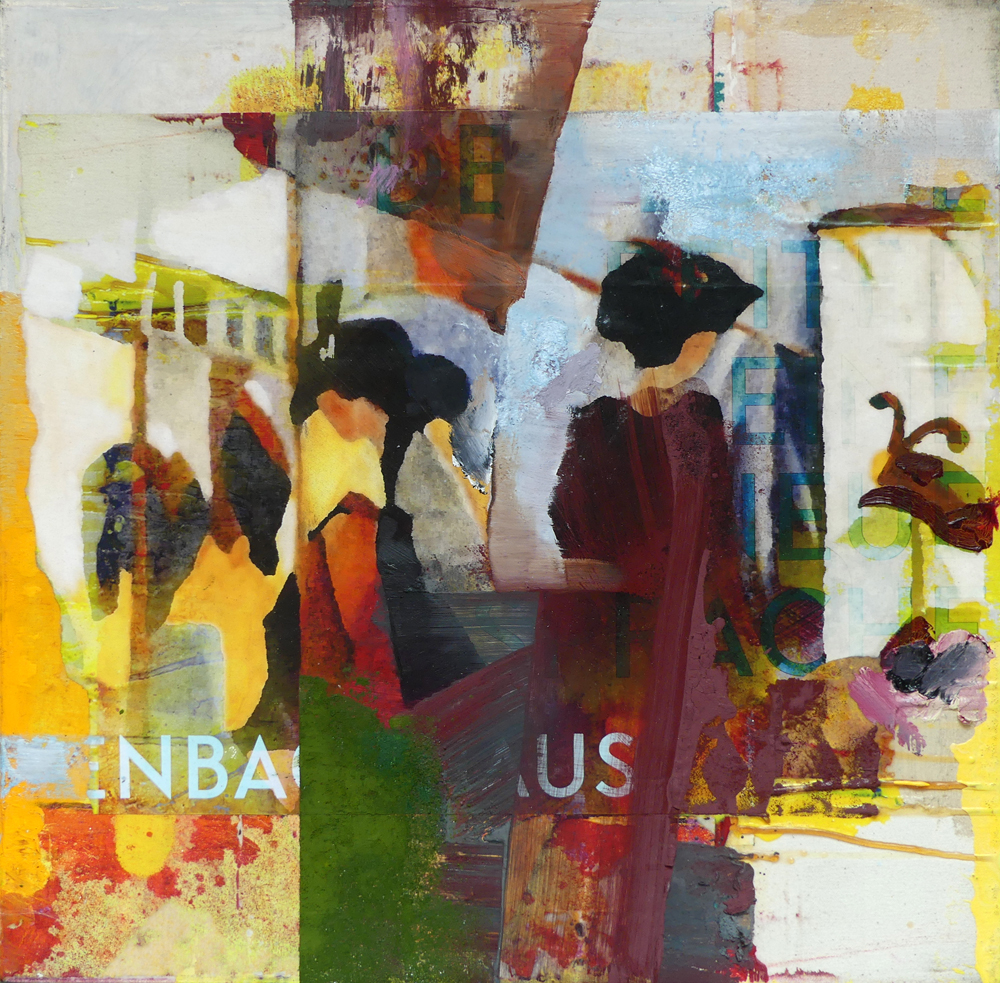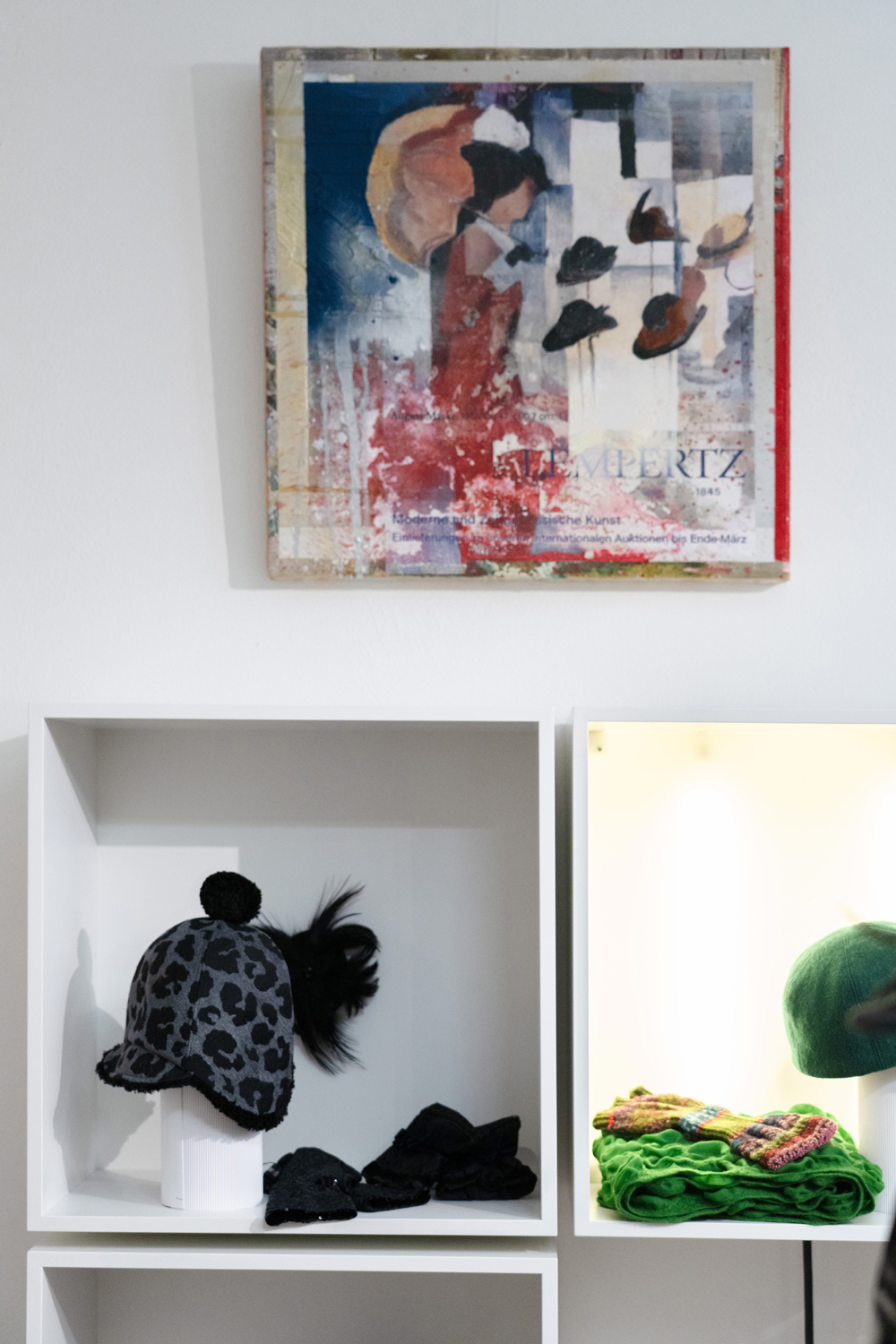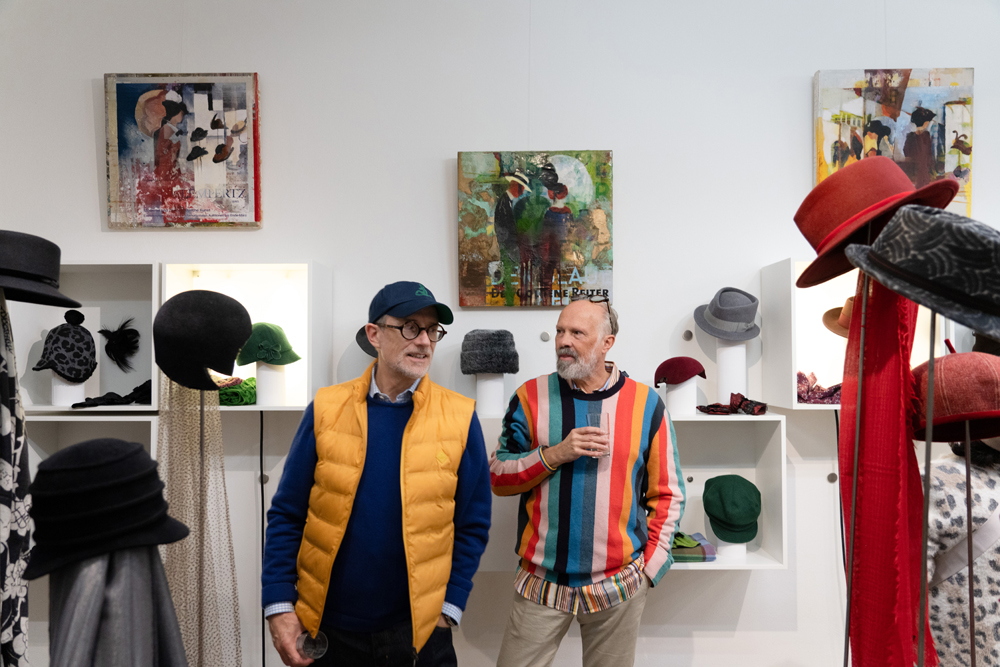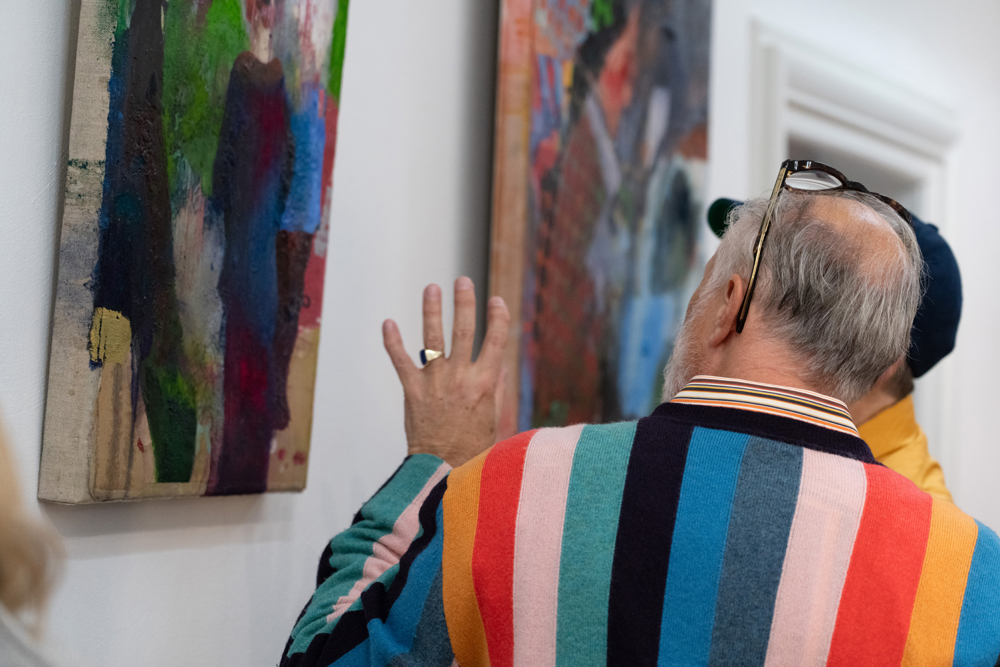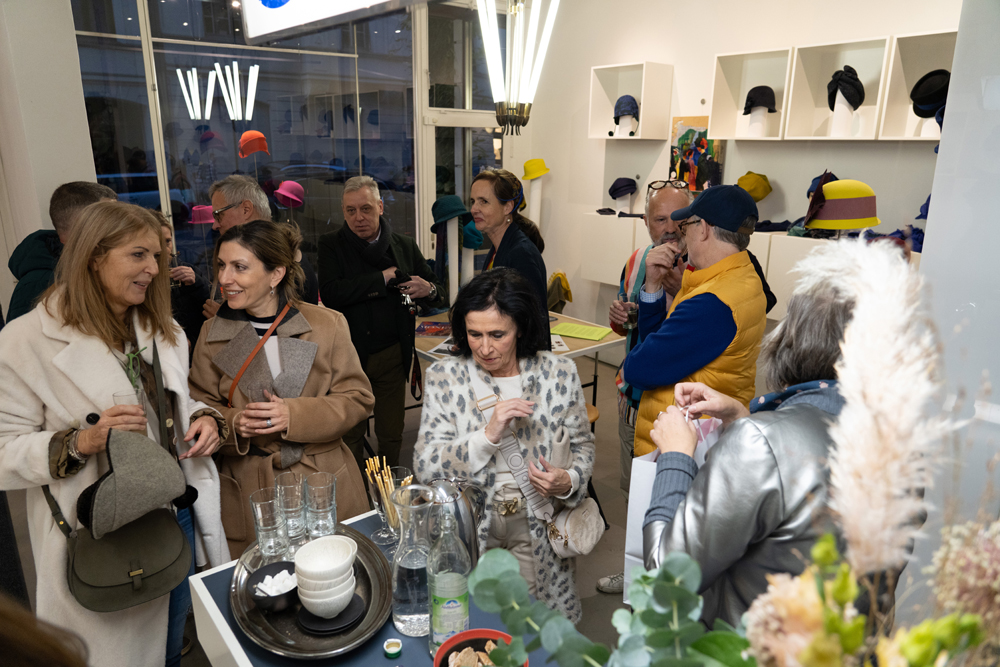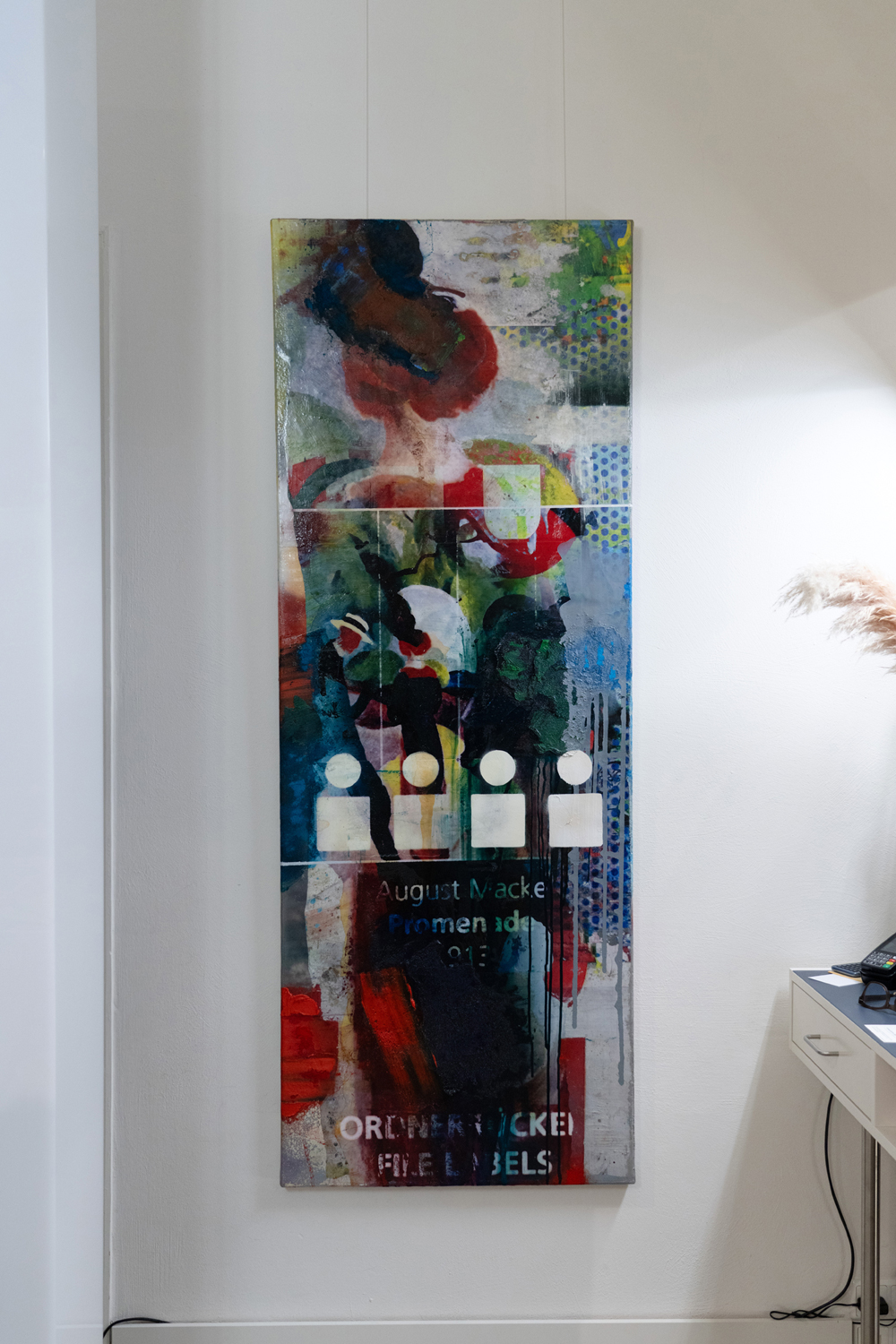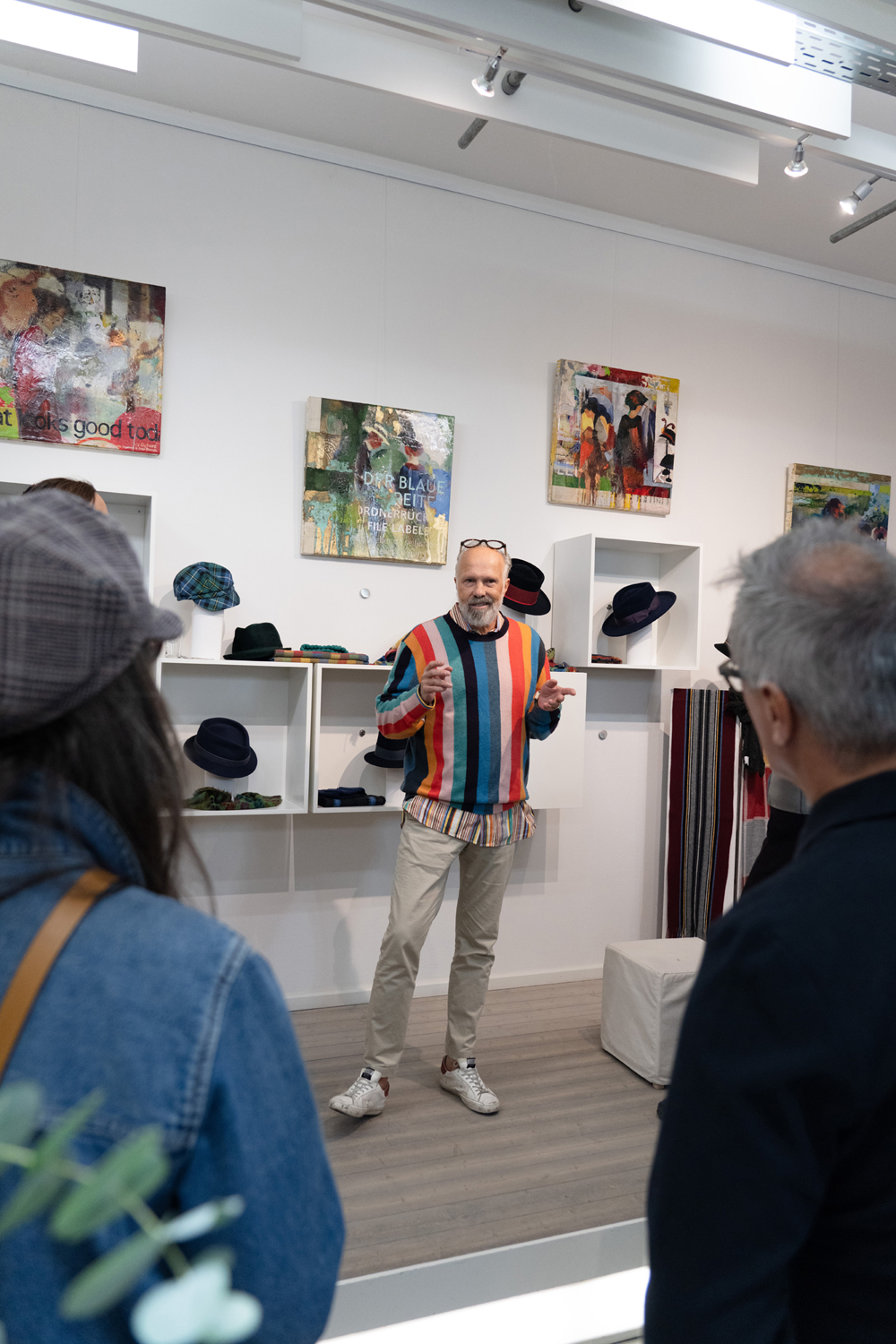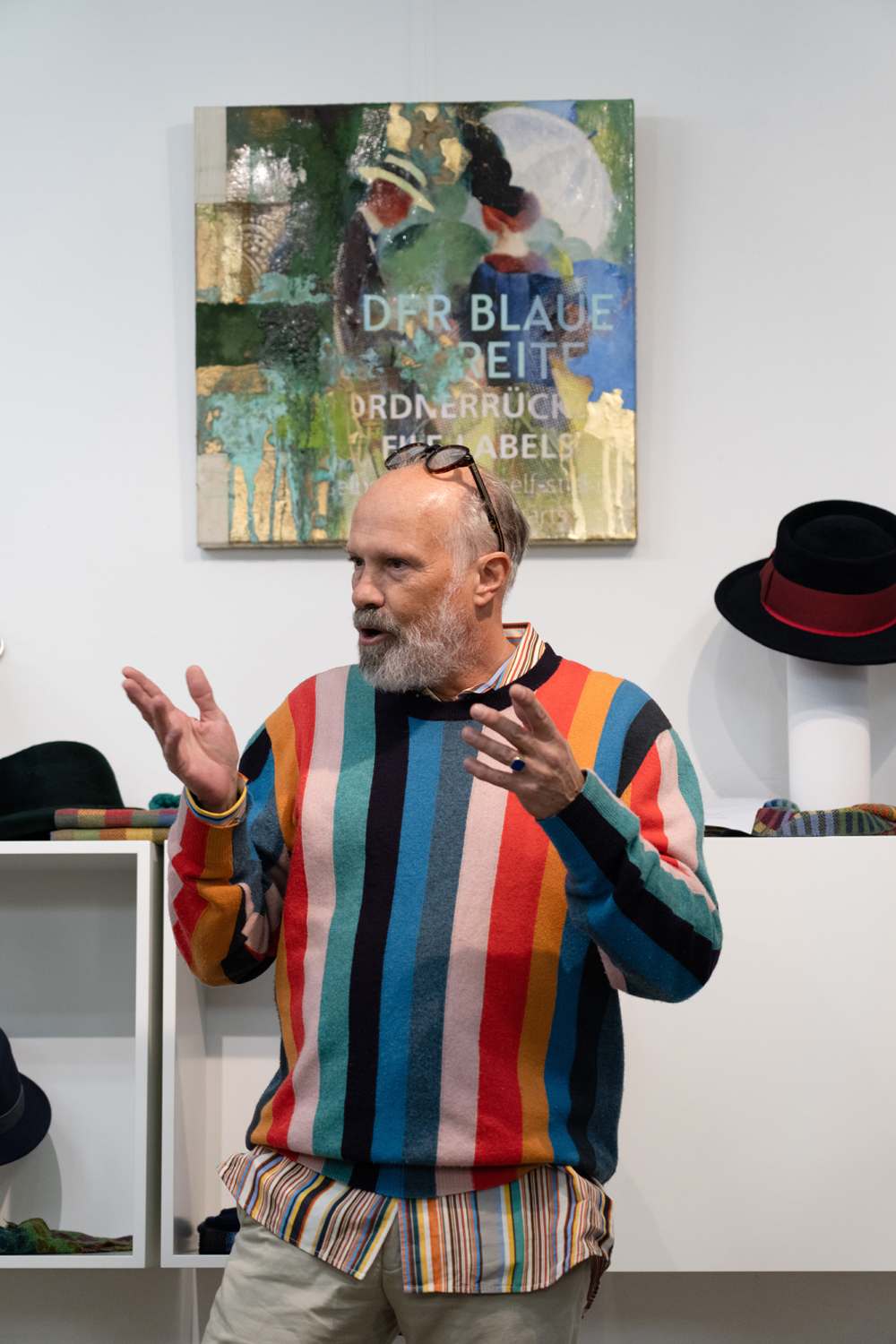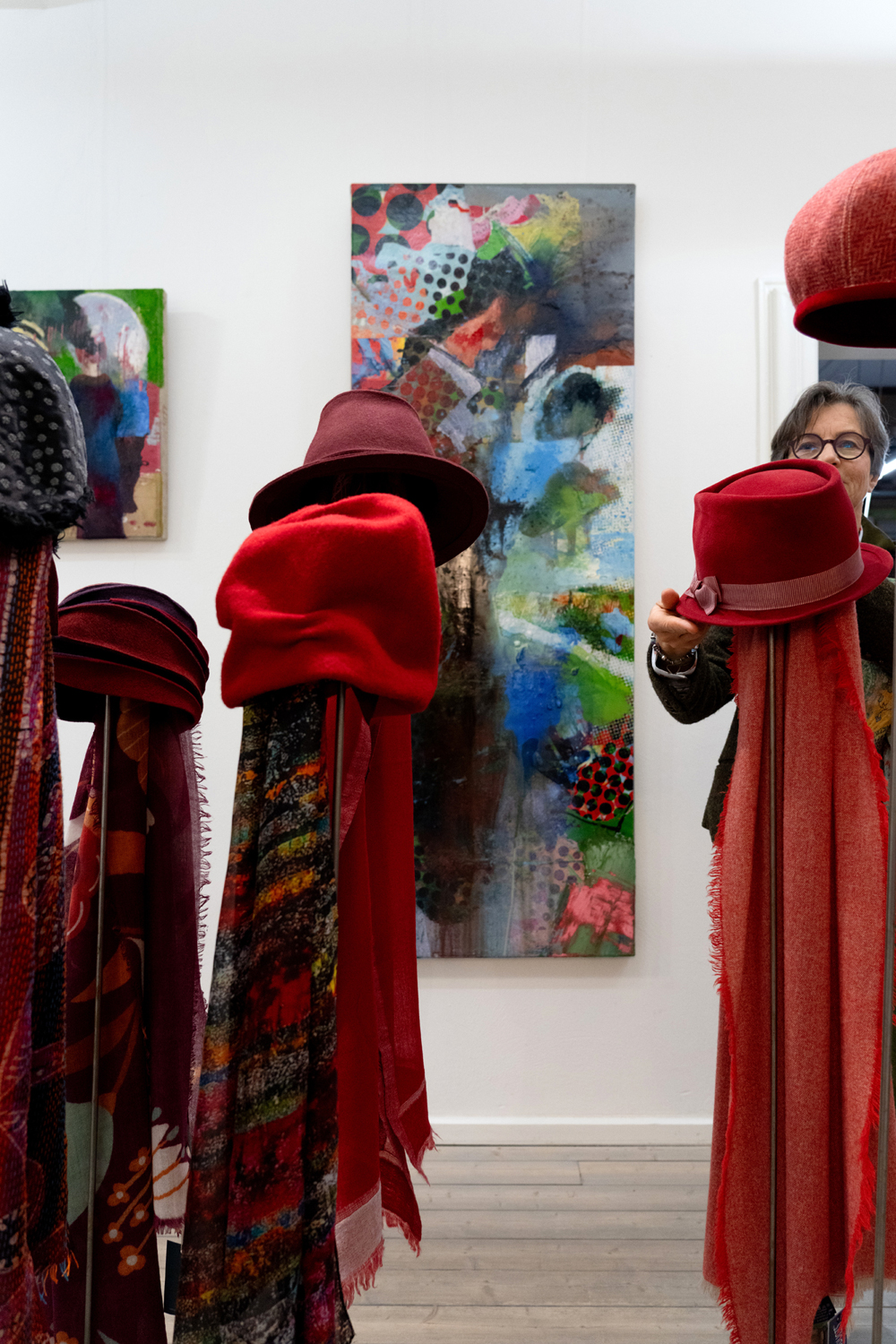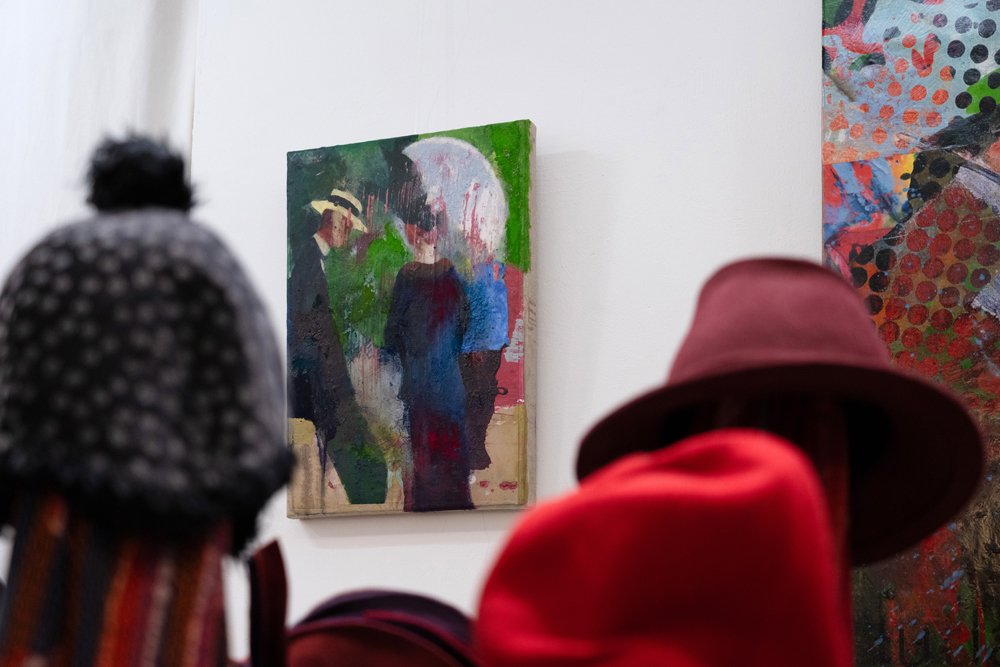Peter Vahlefeld, Contemporary Artist Although the term ‘contemporary’ has been used throughout the second half of the last century to describe the art being made at the time, I would suggest that our usage of the term now refers more specifically to the particular ideological formation of art that emerged from the deregulation of financial services by the likes of Ronald Reagan and Margaret Thatcher in the 1980s and the collapse of Communism as a viable political alternative at the end of that decade. Suhail Malik’s research at CCS Bard provides a good analysis of the underlying logic of this art historical paradigm but, for the purpose of this argument, we can understand Contemporary Art as historically situated in the era of global neoliberalism, or the mode of governmentality whereby the state is dispersed through the individual.7 This was the world that Contemporary Art needed and its global ideology of non-ideology produced a Contemporary Art boom with, in Britain for example, the first generation of wealthy young hedge fund managers providing the initial market for YBA in the Nineties (later followed by Russian oligarchs, middle Eastern wealth into the Noughties and then the emerging markets of China and then Brazil through the global financial crisis). Despite their nominally oppositional politics, these Young British Artists were the children of Thatcher and wasted no time in forging an immediate relationship with their audience and their market. Taking control of their early trajectories with a proliferation of artist-run spaces, they dealt in the vernacular language of mass media and played out their careers in the mainstream press. Absorbing the model of the hedge fund manager who operates outside the financial district of the City of London’s aristocratic rules and institutionalized competences, artist-run spaces and a new generation of peer-group commercial galleries transformed the ecology of the art system.
Whilst the wealth produced by deregulated free markets created the perfect context for Contemporary Art, cultural-economic feedback started to flow in the other direction too as the model of the (now superstar) artist was adopted throughout the new ‘cultural industries’ and then the wider economy as a model for insecure labor. Meanwhile Sir Nicolas Serota’s revolution in remaking museums successfully repositioned Contemporary Art (with that term now in widespread circulation) as a popular entertainment experience. The example of Tate Modern was adopted around the world to re-imagine art institutions as retail propositions in line with an emancipatory social program to engage broad audiences in culture as a leisure market. But art was also instrumentalized more directly:
1. onto the front-line of urban-rebranding, with public art regenerating town centers all over the world
2. onto the Corporate Social Responsibility programs of most major corporations
3. through the education or community requirements of art institutions, co-opting social practice as social work
The crucial point here is that art has always produced its reality structurally and not just through its viewers interpretation. However the ways in which art makes its world economically, institutionally and infrastructurally are typically disavowed when discussing Contemporary Art in favor of prioritizing what art does for the viewer as the only consequences of art worth talking about.
Contemporary Art’s fantasy that its consequences are only for our interpretation requires a suspension of disbelief tantamount to that required by the most absurd Hollywood movies. Meanwhile, Contemporary Art continues to prototype the exploitation of immaterial labor whilst selling critique as an elitist commodity that provides easy listening for the failed political Left. And the romantic myth worth dispelling here is that art originates in its initial purity, only to be corrupted by its market. One need only look at how innovations in Tuscan banking begat the Italian renaissance to understand how art has always been prefigured by its market. We tend to get the art that new markets need and by 2006, Contemporary Art had become a very sophisticated system of value creation with the turbo-charged art system that emerged during the preceding financial boom requiring artists to provide – at its peak – around $60 billion a year (according to artnet.com) worth of window-dressing for art’s three main economic functions:
1. the acquiring of status
2. the cleansing of conscience and
3. and the sheltering of tax
And it may once have seemed as though Contemporary Art would continue its biennializing expansion forever, as sure as the neoliberal certainty that the era of big government was over. Contemporary Art was seen at the time as a universal, non-specific non-genre, just as it’s neoliberal world was sold as the product of non-ideological, pragmatic economic strategies. But, as the consequences of 2007’s US subprime mortgage crisis unfolded into a global recession, the world’s strongest new super-economies (and eventually the US itself) grew through massive state intervention as the economic rationale for the neoliberal project collapsed, leaving only a diminished quasi-religious belief in markets in its place. But looking outside the envelope of this consumption bubble we could see that both Contemporary Art and neoliberalism perpetuated a very particular (and pretty much identical) type of subjectivity – both interpellating the viewer / consumer / citizen as a liberated, autonomous individual. And it’s exactly this Kantian subjectivity that we artists have become experts in producing by addressing our viewers through work that’s for interpretation, with space for the viewer to be free to experience art on their own individual terms. Kant’s paradigm that reality can only be correlated to our experience of it has produced a myth (with no scientific basis) that mankind is ontologically distinct to all that is not mankind, with our cognition privileged over the interdependencies and contingencies of a world that is not actually dependent on us. This myth is replicated in Contemporary Art’s architecture of spectatorship, organized with us at its center, and requiring us to complete its reality.
by Christopher Kulendran Thomas
